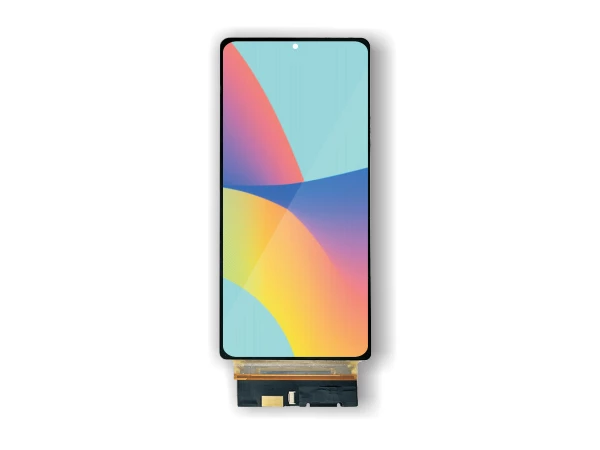AMOLED Technology Revolutionizing Consumer Electronics with Superior Display Performance
Oct 13,2025
AMOLED for Consumer Electronics Driving the Next Generation of High-Performance Displays
Introduction
AMOLED for consumer electronics has become a cornerstone in modern display technology, driving innovation in smartphones, tablets, wearable devices, and televisions. This technology offers unparalleled advantages, including vibrant color reproduction, high contrast ratios, energy efficiency, and flexible display options. As consumers increasingly demand better visual experiences, AMOLED displays have emerged as the preferred solution for a wide range of devices.
Technical Overview
AMOLED, or Active Matrix Organic Light-Emitting Diode, relies on organic compounds that emit light when an electric current passes through them. Unlike traditional LCDs, AMOLED panels do not require a backlight, allowing individual pixels to turn on or off independently. This results in true blacks, improved contrast ratios, and reduced energy consumption—key benefits that make AMOLED for consumer electronics a highly desirable technology. Additionally, AMOLED panels can be fabricated on flexible substrates, enabling curved, foldable, and even rollable display designs.
Advantages in Consumer Electronics
1. Smartphones and Tablets: AMOLED for consumer electronics has been widely adopted in high-end smartphones and tablets. Its ability to deliver vivid colors and deep blacks enhances the visual experience, while low power consumption prolongs battery life. Leading brands have leveraged this technology to differentiate their devices in competitive markets.
2. Wearable Devices: Smartwatches and fitness trackers benefit from AMOLED displays due to their thin profiles and low power requirements. These displays maintain high visibility in bright sunlight and offer rapid response times, which are critical for interactive wearable applications.
3. Televisions and Home Entertainment: Premium TVs equipped with AMOLED for consumer electronics provide exceptional picture quality with vibrant colors, high contrast ratios, and wide viewing angles. Users enjoy an immersive viewing experience that rivals cinema-quality displays.
4. Automotive and Industrial Applications: AMOLED panels are increasingly used in automotive dashboards, infotainment systems, and industrial monitors. The flexible and high-resolution nature of AMOLED for consumer electronics allows manufacturers to design sleek, curved interfaces that integrate seamlessly into vehicle interiors.
5. Virtual Reality (VR) and Augmented Reality (AR): Fast response times and high pixel density make AMOLED for consumer electronics ideal for VR and AR headsets, reducing motion blur and enhancing image clarity for immersive experiences.
Market Trends and Adoption
The demand for AMOLED for consumer electronics continues to grow, driven by increasing consumer expectations and advancements in technology. Industry analysts report that the global AMOLED market was valued at USD 15.5 billion in 2024 and is projected to reach USD 60.3 billion by 2032, growing at a compound annual growth rate (CAGR) of 18.5%. Key factors driving this growth include enhanced production processes, cost reductions, and broader adoption across various consumer electronics categories.
Challenges and Future Outlook
Despite its advantages, AMOLED for consumer electronics faces challenges such as screen burn-in, limited lifespan compared to LCDs, and higher manufacturing costs. Researchers are addressing these issues through innovations in organic materials, protective layers, and improved manufacturing techniques. The future of AMOLED for consumer electronics is promising, as it aligns with emerging trends like foldable devices, transparent displays, and integration with AI-driven visual applications.
Conclusion
AMOLED for consumer electronics represents a transformative step in display technology, providing superior visual performance, energy efficiency, and design flexibility. Its widespread adoption across smartphones, wearables, TVs, and automotive displays highlights its importance in meeting the evolving demands of consumers. As technology advances, AMOLED will continue to play a pivotal role in shaping the future of high-quality, energy-efficient, and flexible display solutions.
Key words:
Recommended
Exploring the Advantages of CTP Touch Screen Technology in LED Displays





